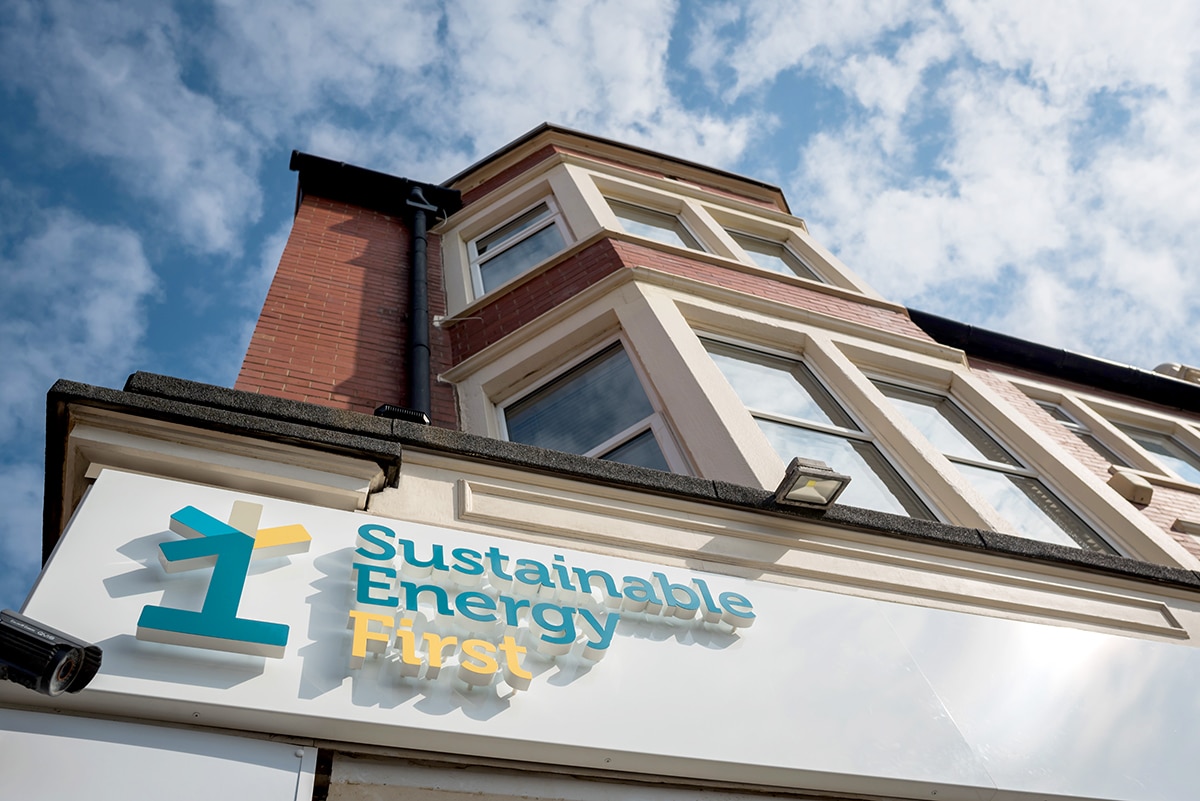In the last year, around 50 battery storage projects have been commissioned in the UK, providing around 500MW of capacity, according to National Grid’s ‘Future Energy Scenarios’ report.
Similarly, the UK Battery Storage Project Database Report also predicts that up to 500MW of large-scale battery storage will be added to the grid during 2019, increasing overall capacity by over 70%.
There are currently nearly 800MW of projects at the under construction or ready to build stage, expected to start within the next 12 months, it says.
Grow by £6 billion
Bloomberg reports Britain’s battery market will grow by £6 billion by 2030, driven by the need for 13GW of flexible power and an ‘energy shift’ in storage assets, such as batteries, to help balance the grid and integrate increasing flows of intermittent renewable power in the transition towards a low carbon economy.
It also points out, as well as falling prices, batteries are finding new revenue streams as markets mature. They now have management systems enabling a multitude of applications, including:
- Storing excess generation from solar systems
- Buying cheap electricity at night and storing it for use during peak periods
- Interacting with the grid to provide balancing services and wholesale electricity trading
- Providing a back-up in the event of a power failure
Most importantly, they facilitate ‘stacked revenues’, combining all project revenues and savings in terms of payback period and whether it will pass hurdle rates of IRR and ROI for investors, according to a report by Aurora Energy Research.
For organisations that have either already invested in on-site generation or are considering doing so, battery storage provides an ideal supplementary technology by allowing for excess generated power to be stored for later use or at times of more expensive power. If the on-site generator is renewable then this allows more of the zero-carbon energy to be used on-site, which displaces less green grid electricity and helps to further reduce the site’s carbon footprint.
Uncertainty on peak charge avoidance
Battery storage allows energy to be purchased at lower cost during off-peak times and stored for use during expensive peak periods, avoiding ‘time of use’ charges, such as Red Band Distribution Use of System (DUoS) charges and, in the winter the capacity market levy and TNUoS (Triad) charges. However, the business case needs to consider some risks that could impact on paybacks for such projects;
- Most ‘behind the meter’ battery projects assume substantial savings will be achieved by reducing grid imports in winter. This reduces capacity market levy costs and, in particular, Triad costs. However, in the next few weeks we expect to hear that Triads will disappear in the next few years and be replaced by fixed charges. When this happens, one of the key ‘stacked’ benefits of batteries will disappear.
- Early next year Ofgem will launch a consultation on significant changes to design and access charges for the distribution networks, which will impact DUoS costs – this may also impact on battery economics, though it’s too early to decide whether this will be a positive or negative impact.
- As the number of battery projects increases, including those found in electric vehicle, there is likely to be increasing demand for overnight electricity. This may result in the cost difference between peak and off-peak reducing over time.
Battery back-up
For businesses that require on-site back up generation to keep critical equipment functioning in the event of a power cut, the power cut of 9th August this year was a real wake-up call, with at least one hospital seeing it’s back-up generator fail to start. Battery storage can fulfil this role in its entirety, or provide a useful bridging function to maintain energy supply while back up generation comes online.
It can also provide valuable emergency power in the event of an unplanned shutdown, keeping critical technology running long enough to facilitate a safe shutdown, protecting both equipment and data. They also present a far more environmentally-friendly back-up solution than more commonly used diesel generators.
To find out more about how battery storage will impact on your future relationship with energy and the benefits it can offer your business, speak to our experts on: 08451 46 36 26





